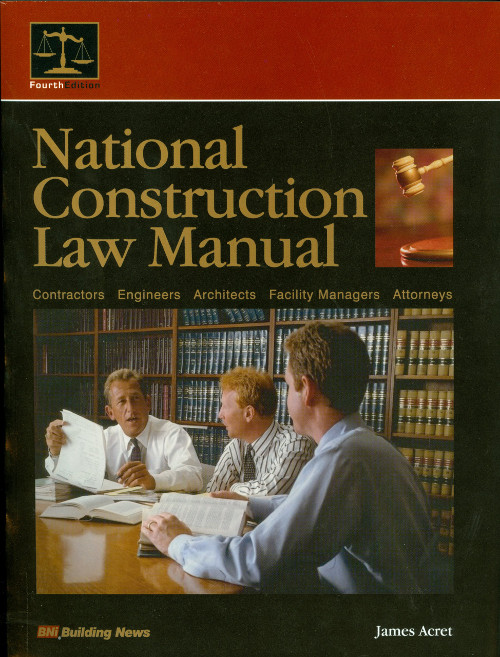Texas Stadium Implosion Site Will Serve as TxDOT Staging Area
Nearly 24 hours after Texas Stadium imploded in mid-April, contractors began working on clearing the site, which should be done by end of July. Weir Brothers Inc. of Dallas was awarded a $5.8-million contract to carry out demolition the plan outlined by Jacobs Engineering Group Inc. of Houston. The Texas Dept. of Transportation signed a $15.4-million lease from Irving for the next 10 years to use the site as a staging area. At least 95% of the concrete will be recycled into surrounding highway projects, and steel will be sold as scrap metal.

More than a ton of explosives brought the stadium down in less than 30 seconds.
The first steps involved removing the lower seating bowl and the placement of initial backfill to begin to bring the floor of the stadium up to ground level. Approximately 380,000 cu yds of dirt was required to fill the almost 40-ft hole. There were 388 concrete columns in the stadium and 12 buttresses. Crews drilled more than 2,800 holes in the columns at the stadium and placed approximately 2,715 lbs of explosives. Explosives were tied to the 12 trusses that held up the roof of the stadium so that the roof collapsed with the implosion. More than 2-million lbs of concrete as well as 2-million lbs of concrete block wall were part of the structure along with more than 2.5 million lbs of steel. At one point, 600 trucks were used for daily delivery of dirt to fill the hole.
The city imploded the stadium to redevelop the 80-acre site, along with the adjacent 388 acres owned in parcels by University of Dallas and Southwest Premiere Properties. The site will be used as a staging area for the Diamond Interchange project, which will bring DART from downtown Dallas through Irving by 2011, and to DFW International Airport by 2013.
Texas Stadium was home to the Dallas Cowboys from 1971 until the team’s last game there on Dec. 20, 2008.


